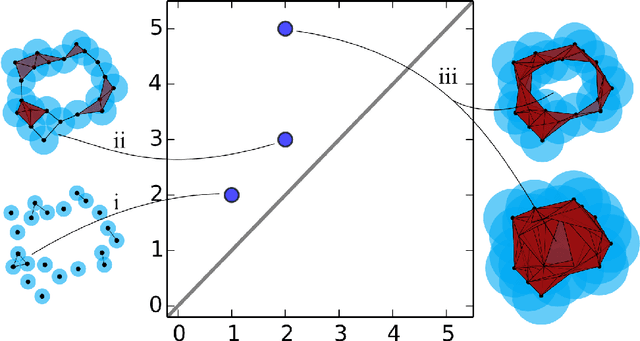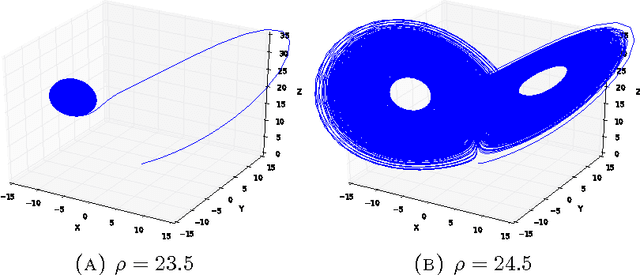Automatic recognition and tagging of topologically different regimes in dynamical systems
Paper and Code
Mar 24, 2014



Complex systems are commonly modeled using nonlinear dynamical systems. These models are often high-dimensional and chaotic. An important goal in studying physical systems through the lens of mathematical models is to determine when the system undergoes changes in qualitative behavior. A detailed description of the dynamics can be difficult or impossible to obtain for high-dimensional and chaotic systems. Therefore, a more sensible goal is to recognize and mark transitions of a system between qualitatively different regimes of behavior. In practice, one is interested in developing techniques for detection of such transitions from sparse observations, possibly contaminated by noise. In this paper we develop a framework to accurately tag different regimes of complex systems based on topological features. In particular, our framework works with a high degree of success in picking out a cyclically orbiting regime from a stationary equilibrium regime in high-dimensional stochastic dynamical systems.
 Add to Chrome
Add to Chrome Add to Firefox
Add to Firefox Add to Edge
Add to Edge